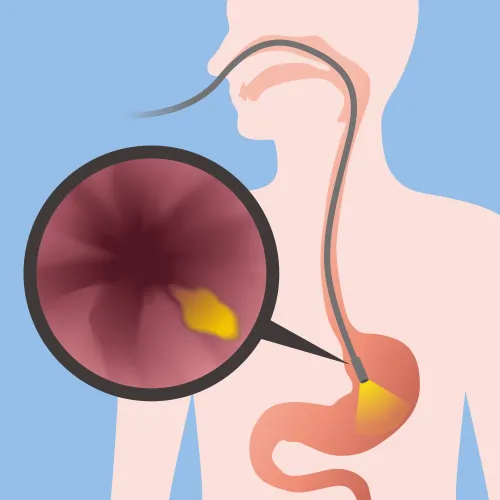Otolaryngology Coding Alert
Check Payer Policy for Acceptable Ethmoidectomy Dx
Experts: Some payers have specific set of ICD-10s that allow for ethmoidectomy. When it comes to nasal ethmoidectomies, insurer policies vary widely on the diagnosis codes they will accept for the procedure. CPT® code breakdown: In most instances, you’ll report your otolaryngologist’s surgical ethmoidectomies with 31254 (Nasal/sinus endoscopy, surgical; with ethmoidectomy, partial [anterior]) or 31255 (… with ethmoidectomy, total [anterior and posterior]). If the otolaryngologist uses an intranasal approach for the procedure, report 31200 (Ethmoidectomy; intranasal, anterior) or 31201 (… intranasal, total). Check it out: Here’s a little expert input on the types of diagnoses you might see on your next nasal ethmoidectomy claim. Sinusitis Px Might Need Ethmoidectomy According to Lisa Jones, CPC, consultant at 360 Practice Management Solutions in Hollywood, Fla., the most common types of conditions that may warrant an ethmoidectomy include chronic or acute ethmoidal sinusitis, chronic pansinusitis, polyps of the sinus, and retention cysts or mucoceles of the sinus. Some diagnosis codes that might represent the above conditions include, but are not limited to: Remember: This is not an all-inclusive list. According to Jones, other conditions that could necessitate ethmoidectomy include, but are not limited to, “malignant neoplasm of the nasal cavities, or ethmoid cavity, benign neoplasm of the nasal cavity, and polypoid sinus degeneration.” Note: Surgeons often note “Chronic Sinusitis” as an operative diagnosis without providing the specific sinus. With no more documentation from the surgeon, the only code that can be used is J32.9 (Chronic sinusitis, unspecified). This diagnosis code choice may not be specific enough for some insurers, and it could be denied. Encourage your surgeons to dictate specific details to their diagnoses specific enough that you do not encounter unnecessary ICD-10 denials. Also, remember that payers should accept J01.20, although the verbiage attached to the code is “acute ethmoidal sinusitis, unspecified,” because all acute ethmoidal sinusitis that are not recurrent fall under this code. Some diagnosis codes that might represent the above conditions include, but are not limited to: Contact Payer If You Have Dx Doubt CMS and private payers have the power to limit the boundaries of medical necessity for ethmoidectomies, Jones says. This means that payer policies on medical necessity for ethmoidectomies could vary widely, and they often do. Last word: Before your otolaryngologist performs an ethmoidectomy, “be sure to check payer policies” on medically necessary conditions for the procedure, Jones advises. That way, you’ll know if the patient’s insurance will cover the procedure before performing it.
Related Articles
Otolaryngology Coding Alert
- Procedure Coding:
Opt for 1 of 3 Coding Choices on Earwax Removal
Here’s who CPT® designed the new 69209 code for. A patient reports to the otolaryngologist [...] - Modifiers:
Study Code Descriptors to Arrive at Modifier 50 Decision
‘Bilateral’ in descriptor means modifier 50’s a no-no. At times, an otolaryngologist will need to [...] - ICD-10 Coding:
Check Payer Policy for Acceptable Ethmoidectomy Dx
Experts: Some payers have specific set of ICD-10s that allow for ethmoidectomy. When it comes [...] - You Be the Coder:
Coding Laryngeal Botox Injections
Question: Encounter notes indicate that the otolaryngologist performed a direct laryngoscopy to inject onabotulinumtoxinA (Botox) into [...] - Reader Question:
Get Accurate Test Count on ENG Claims
Question: Encounter notes indicate that the otolaryngologist performed an electronystagmography (ENG) for a patient experiencing visual [...] - Reader Question:
Warn Physicians Off 'Automatic' E/M Coding
Question: I am having an issue with one of our physicians who wants to report almost [...]




